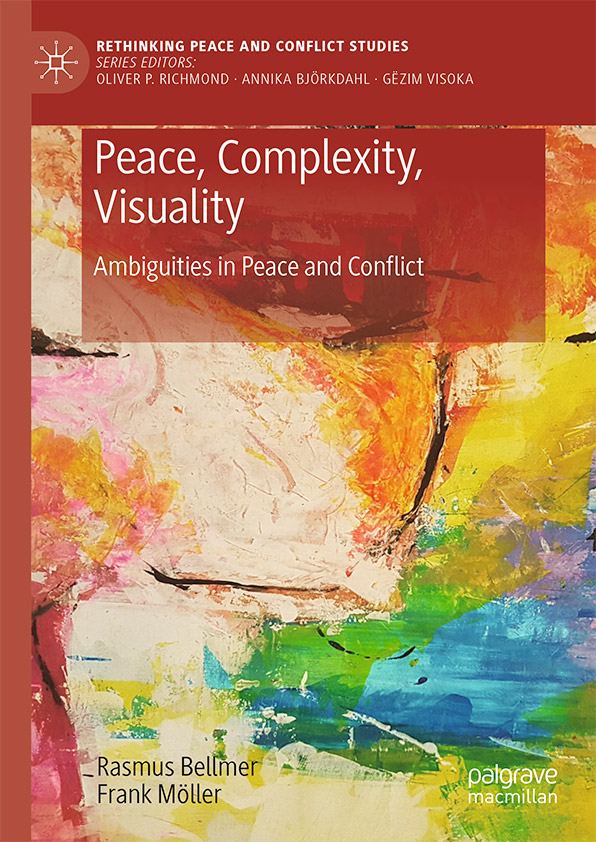
This book argues that we can capitalize on the tolerance of ambiguity-enhancing potentialities inherent in visual images – their non-coherence – and thus increase our capability of tolerating ambiguities. Studying international relations equals studying ambiguity. The international system is complex, and where there is complexity, there is also ambiguity. Crucially, in a world saturated not only with ambiguities but also with visual images, it is mandatory to think ambiguity and visuality together. The authors analyze the constructive and peaceful potentialities of ambiguities through an exploration of journalistic imagery in the context of post-war Bosnia and post-siege Sarajevo. The book is a theoretically sophisticated, yet accessible, and politically relevant exercise in inter-disciplinary thinking, uniquely combining literature on complexity, ambiguity and visuality thus offering important readings for international relations, peace and conflict research, and security studies.
See Peace, Complexity, Visuality: Ambiguities in Peace and Conflict on palgrave.com